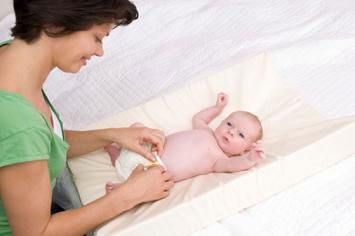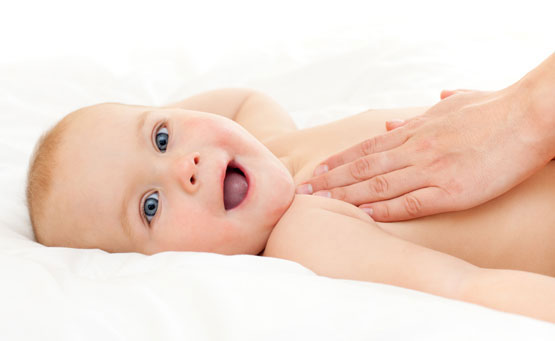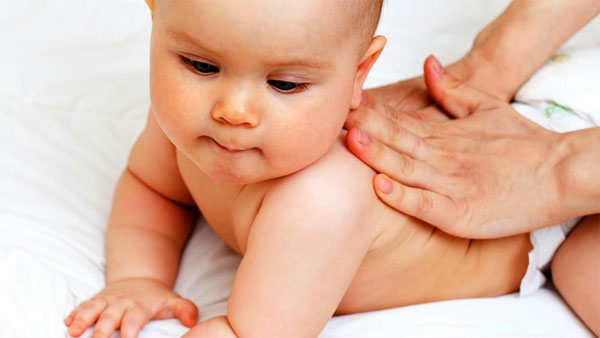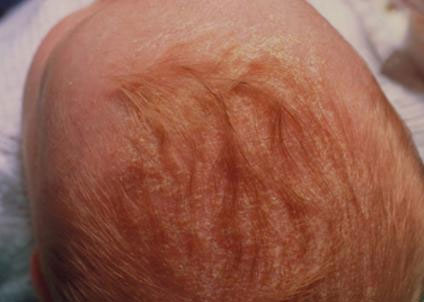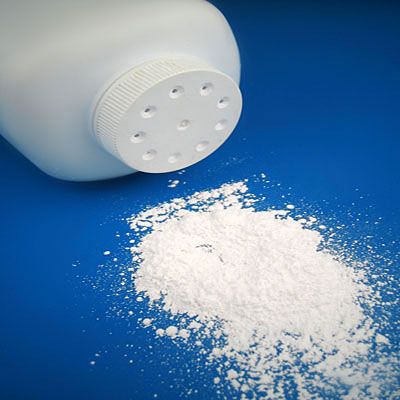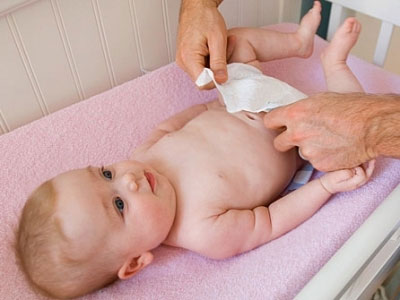Diaper rash is very common in babies. Diaper rash is a general term given to different rashes. This occurs due to the friction created between baby's skin and diaper. There are different kinds of diaper rash. Read on.What is diaper rash?
Diaper rash is a problem that plagues most babies. The incidence of diaper rash peaks between seven to nine months and then diminishes, as the baby's skin becomes hardier and not so sensitive. The term "diaper rash" is an umbrella term that describes a number of different skin conditions in the nappy area.
What are the different kinds of diaper rash?
Let us take a look at the different kinds of diaper rash.
Perianal dermatitis:
This is more likely to occur in bottle-fed babies. The redness around the anus is caused by the alkalinity of their stools. Breastfed babies usually develop this condition only after the introduction of solids in their diet.
Chafing dermatitis
The most common form of diaper rash, the
baby's skin becomes red where there is most friction, but not in the skin folds. It comes and goes, and is not a cause of discomfort unless the baby develops a secondary infection.
Atopic dermatitis
This is an itchy rash that may initially appear on other parts of the body before affecting the genitals. It spreads to the nappy area between six and twelve months.
Seborrhoeic dermatitis
This is a deep red rash, often with yellowish scales, which usually begins on the scalp, though it can start in the nappy area and spread upward.
Candidal dermatitis
An uncomfortable rash, bright red and tender, it usually appears in the creases between the abdomen and thighs, with satellite pustules that spread out from that point. This condition often develops in babies taking antibiotics.
Impetigo
This form of nappy rash, caused by bacteria, has two manifestations: (a) Bullous - with large, thin-walled blisters that burst and leave a thin yellow-brown crust; and (b) Non-bullous - with thick yellow crusted scabs and a lot of surrounding redness. This rash mainly covers thighs, buttocks and lower abdomen, but can spread to other parts as well.
Intertrigo
This is caused by the friction of skin rubbing against skin. The area most likely to be affected is the folds of skin between the thighs and the lower abdomen and the armpits. This rash may ooze white to yellowish matter and may burn on contact with urine.
Tidemark dermatitis
This skin irritation is caused by the edge of the nappy rubbing against the skin.
How to take care of diaper rashes?
When babies suffer from
diaper rashes, putting on the diapers can make the condition even worse. Have a quick look at some tips to help babies cope with diaper rashes.
- Keeping the bottom open and letting affected area feel the air can help diaper rashes to cure faster.
- Do not apply any ointment or any other product without consulting a paediatrician.
- Make sure that the affected area is paid attention at and you do not rub it accidently while handling or carrying your baby.
- Avoid using any kind of scented products on the affected area while bathing the baby.
- When the affected area gets wet after bathing the baby or when she pees, pat it dry gently immediately.
- It is a must to get the affected area examined by a paediatrician as early as possible.
- Let the paediatrician know about the baby care products like powder, wipes, lotions etc; that you are using for your baby.
- Follow the instructions of the paediatrician properly while treating the diaper rashes of your baby.
Keeping the baby continuously in
diapers or wet diapers is the common cause of diaper rashes. Therefore, allowing some diaper free time, changing diapers from time-to-time, keeping the diaper area dry and clean etc; are few things that you can do to prevent diaper rashes in your baby.












